The Death of the Character only Narrative
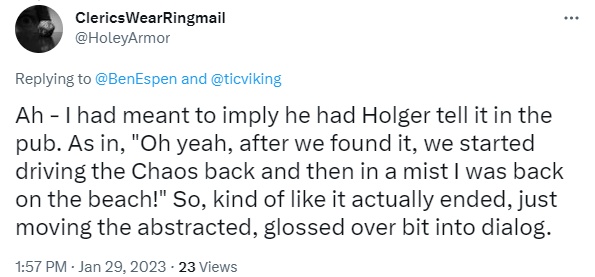
Twitter user ClericsWearRingmail asked a question about the literary device that Poul Anderson uses at the end of Three Hearts and Three Lions. An interesting question in and of itself, but the purpose here is for me to use that question to reflect on the death of the narrator in contemporary fiction.
I am indebted to Emperor Norton for this excellent blog post from 2018: Deep POV is shallow (and harming fantastic fiction). I return to it again and again as I think about how I do book reviews and literary criticism.
I don’t feel like writing a story today so I’ll make a post on writing. This post will pull together different issues I have hinted or referenced in other posts, focusing on what I believe has become a serious problem in fiction literature, especially what is known as ‘genre writing’: the death of the narrator. I blame what is known as Deep Point of View, although perhaps a new term would be needed for what I will talk about, perhaps Character-Only Narrative, but Deep POV will have to do because nobody would know what I’m talking about if I start talking about CON.
With that said, into Deep Point of View and why it’s making many genres of literature unreadable. For those that don’t know what Deep POV is and what it has become, well, it’s everywhere. It’s the standard in genre fiction, what editors apparently want, and in what most writers write even if they are not aware of it. It’s also a fad, and like all fads, it gets omnipresent, misused, annoying, and when you first really notice it, then you see it everywhere.
The Emperor is right: once you see it, you cannot stop seeing it. Some authors are better than others at providing exposition through dialogue, but this is very much a contemporary trend.
So let us step back and see things again in a different way.
The origin of the narrator seems straightforward enough. When someone tells you a story, that person is the narrator. Insofar as written stories were simply chronicles or documentation of the kind of story you tell around a fire, the narrator simply came along for the ride.

The fire-side narrator quite naturally stops to tell you asides about the story, provides missing context, goes on tangents, and is very much a part of the performance. Over time, other kinds of storytelling developed this idea. The Greek chorus that so baffled me as a high school student is an obvious development of the role of the fire-side narrator, with the chorus providing you with missing context, reinforcing what is an appropriate moral reaction for the autists, and giving the playwright a distinctive voice.

Where the chorus could deviate from the storyteller as narrator is costumes and stage direction provide lots of visual information that the narrator no longer needs to provide. We’ll see this again in other visual media later.
As this in all in-person via the spoken word, the role of the narrator stays relatively stable. Things change more once we move to the written word. Over time, there have been lots of different approaches. The simplest is to simply write the story as it would have been told, with the voice of the author simply being that of the narrator.
As the form of the novel developed, greater variety began to emerge, with a variety of points of view and tenses. Authors began to play with what a given character knew, or thought they knew, and literary devices developed that allowed an author to maintain mystery and tension by manipulating point of view.
Victorian novels were often epistolary, presenting the story by means of letters or diaries written by a specific character. This is similar to contemporary practice of keeping to one POV character in a chapter, although Stoker felt free to move out of the epistolary mode into traditional third-person narration.
Edgar Rice Burroughs uses a variant of this in A Princess of Mars, starting the book writing as ERB himself, and presenting what follows as a manuscript or diary written from the POV of John Carter.
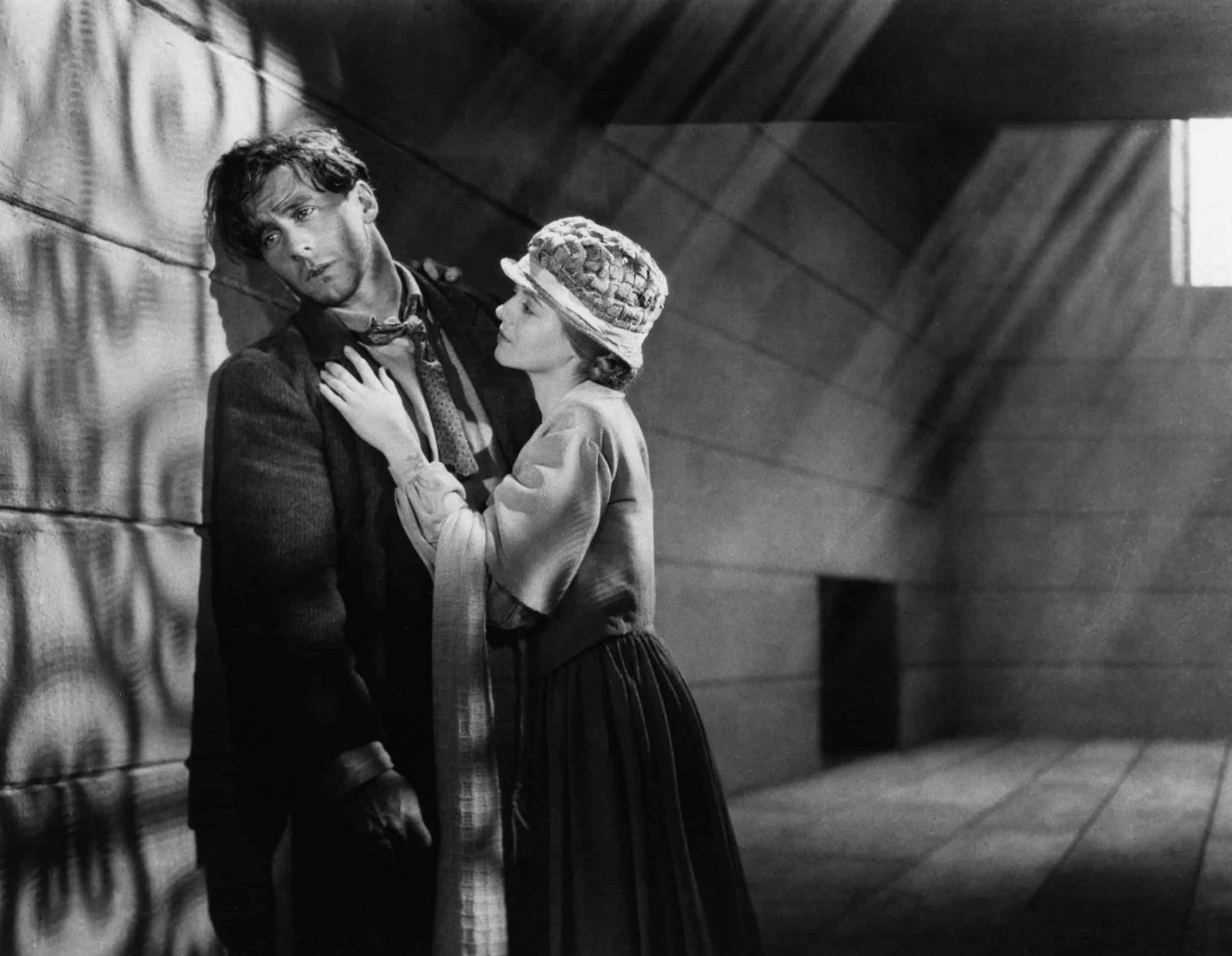
Bigger changes emerged with film and television. Silent movies needed captions for dialogue, but like with the theater, the descriptive function of the narrator was mostly eliminated by direct observation. Sometimes a narrator was used to make a story feel old-timey, as in the opening of Disney’s Sleeping Beauty.

Other times, either a traditional spoken narrative or more commonly a written one was used to set the scene. Visuals can communicate many things, but even so simple a thing as the identity of the Nostromo and its crew is more effectively done via narration.

Since we are people of Winter, it is also the case that you see self-consciously ironic narrators in movies, as with Peter Faulk’s grandfather in The Princess Bride. However, many movies have no explicit narrator at all, as the camera serves the purpose of providing the audience with its point of view.
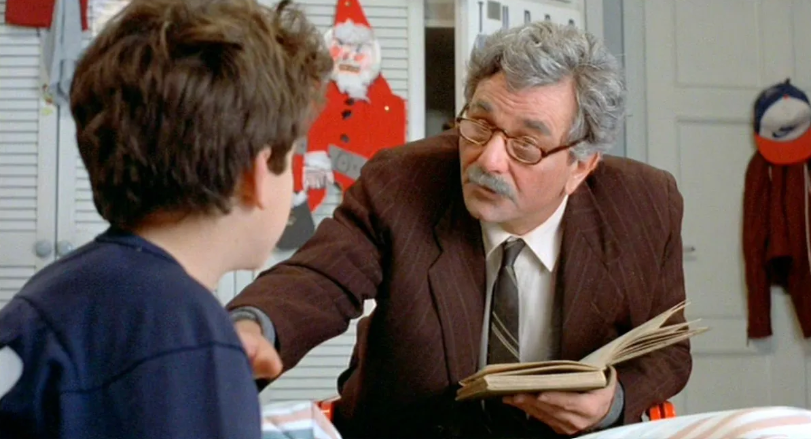
Perhaps due to the dominance of visual media, contemporary writing seeks to exclude the narrator altogether. I think this is a mistake, for reasons that Emperor Norton elaborated on at length.
I’m going to focus in on two of my favorite contemporary romances as examples of how writers can escape the trap. First, let’s look at Emperor Norton’s post the writing of old bestsellers vs. contemporary writers, a comparison:
Norton contrasts the way Louis Lamour started a novel:
The old house stood on the crest of a knoll and it was three hundred yards to the main gate. No shrubbery or trees obscured the view, nor was there any cover for a half mile beyond.
The house was old, weather-beaten, wind-harried, and long unpainted. By night no light shone from any window, and by day no movement could be seen, but the watchers from the hill a half mile away were not fooled
With how Brandon Sanderson starts a novel:
Kalak rounded a rocky stone ridge and stumbled to a stop before the body of a dying thunderclast. The enormous stone beast lay on its side, riblike protusions from its chest broken and cracked. The monstrosity was vaguely skeletal in shape, with unnaturally long limbs that sprouted from granite shoulders. The eyes were deep red spots on the arrowhead hace as if created by a fire burning deep with the stone. They faded.
Which just about perfectly captures what I don’t like about Sanderson, for all his inventiveness and imagination. In about the same amount of words, Sanderson says almost nothing interesting about the upcoming story other than “this is a modern fantasy”, while Lamour has established a setting and a mood, which is probably why Sanderson’s books are so much bigger than Lamour’s.
So let’s look at the author who should be Sanderson’s biggest competition: Will Wight. I’m going to look at the start of chapter 1 and chapter 2 of Unsouled.
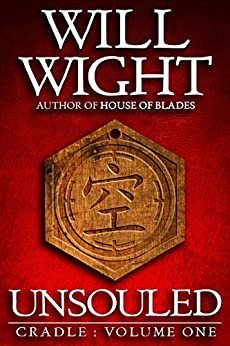
Information requested: the Spiritual Origin test of Sacred Valley.
Beginning report…
Twice a year, the clans of Sacred Valley test the spirits of their children. Boys and girls of six, seven, even eight summers line up before their clan’s elders. They wear clothes too formal for them: layered robes of muted color for the boys, intricate shadesilk wraps for the girls. Parents line the walls nearby, anxious to hear the nature of their children laid bare.
In chapter 1, Wight is sidestepping the death of the narrator by inventing a character to provide narration within the bounds of the story. We won’t meet this character for a while yet, but Wight has set a scene for us, impressing upon the reader the import of the ceremony that is about to occur.
Lindon looked up into the purple leaves of the orus tree. This one felt right — he was calmer somehow, standing in the shade of this particular tree, as though it exuded an aura of peace. Wizened white fruit waited among the leaves, far out of reach, and he sensed an ancient eternity behind its gnarled bark.
And here, in chapter 2, Wight has returned to standard third-person narration. There is very little dialog in either of these chapters, with narration providing us all the important details about the strange world that Lindon inhabits. Because Wight isn’t afraid of narration, things move along crisply in his books. If everything had to be done via dialogue, it would instead be a tedious slog.
Another problem with the death of the narrator is that the focus has shifted to trying to describe only what the POV character sees. Emperor Norton lays it out again in “I awake several hours later in a daze” or first-person narrations:
I became very aware of that when I found myself reading a story, I think it was a short story but it could have been a novel, an urban fantasy I believe, with a first-person, past-tense narrator. The narrator was in the middle of a car chase and did all sort of cool stuff, very detailed cool stuff, and I thought, this is it, that’s what is wrong with these stories: there’s no way anybody could remember all that.
All these first-person narrators have an eidetic memory. They keep pointing out the people’s shoe colors, or that they were fiddling with their cuffs, or that their own eyebrows arched at a precise microsecond… And this is supposed to be someone telling you his personal story, his life, perhaps years later after the fact? It’s not, of course, it’s just a traditional third-person narration with the pronouns switched.
Norton identifies The Hunger Games as the immediate cause of all this, although I suspect ultimate blame may lie with experimental stream of consciousness modernist novels of the early twentieth century. Most writers just don’t have the skill of Joyce, so they write omniscient narratives using “I” and present tense. Norton suggests in that post that the memoir is what first-person narrative should be like, and I agree.
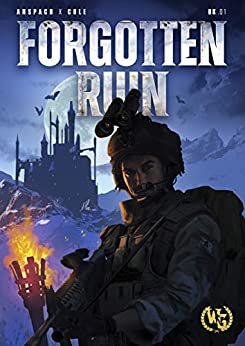
The best example of a book written in first-person memoir style is Anspach and Cole’s Forgotten Ruin.
When I began to dream in Elvish, it was then that I knew I could speak it. And it was when the orc horde overran one of the fighting positions along First Platoon’s sector on the east side of the island the Rangers were defending that I knew we weren’t in Kansas anymore. The US Army had sent us someplace no one had ever gone. And it was looking like the kind of place no one was ever coming back from either. Back then, we had no idea where we were. And by we, I mean all of us lowlies in the Ranger detachment tasked with defending the grounded C-17 and her complement of crew, Deep State, and science and tech personnel.
Forgotten Ruin is especially apt as an example because of the rise of the audiobook means that we have come full circle, back to the story told by the side of the fire. Christopher Ryan Grant’s performance as Talker, the POV character of Forgotten Ruin is masterful. You really feel like it is Talker telling you his story, and the skips in time, distractions, and asides feel very natural in the audio performance, because people tell stories that way.
It is of course a literary device to help manage pacing and tension, but expertly done. I reject those who criticize the fantastic adventures of Anspach and Cole as mere pastiche because of the execution here. Contemporary genre fiction is awash in verb-swapped first-person narratives, but hardly anyone has done a pseudo-memoir to this degree.
So perhaps the only way out is through. We can’t really go back, but we can re-invent storytelling by understanding it again anew.
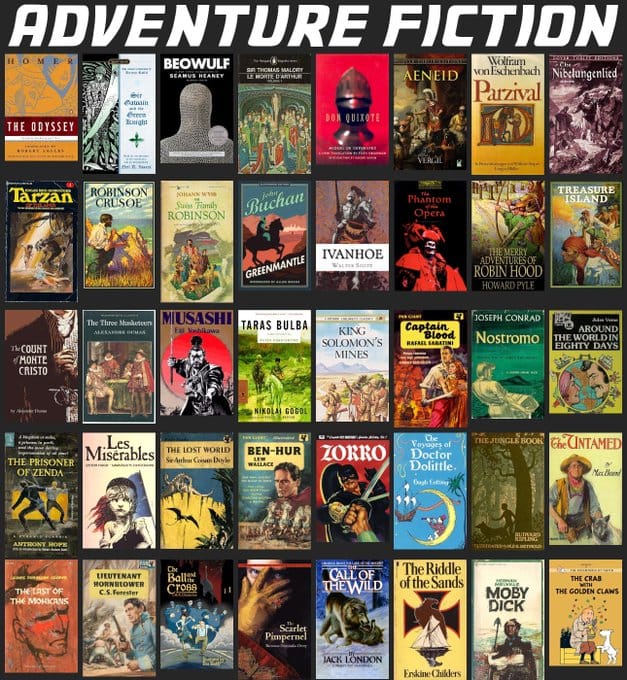
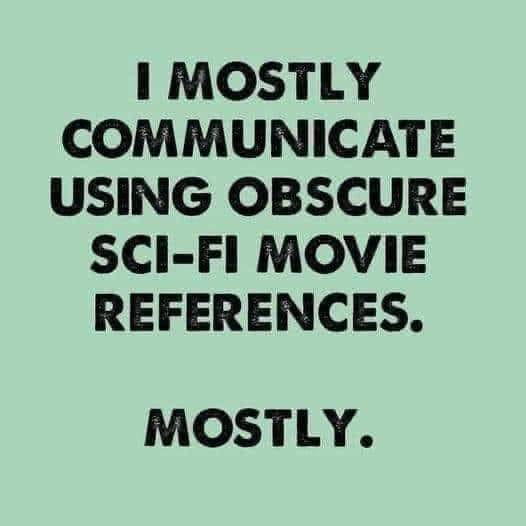

Comments ()